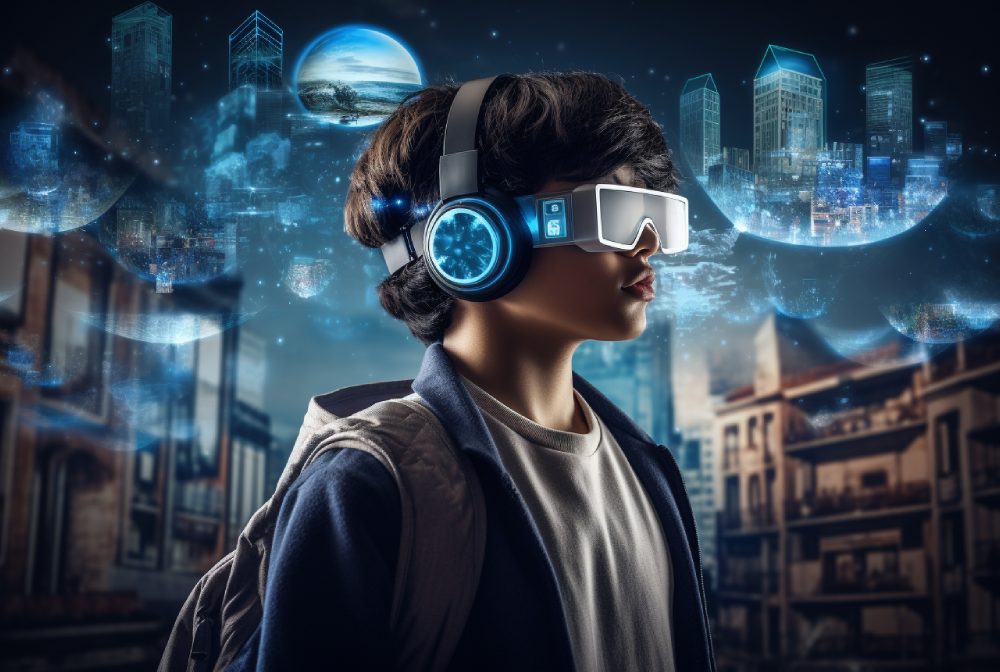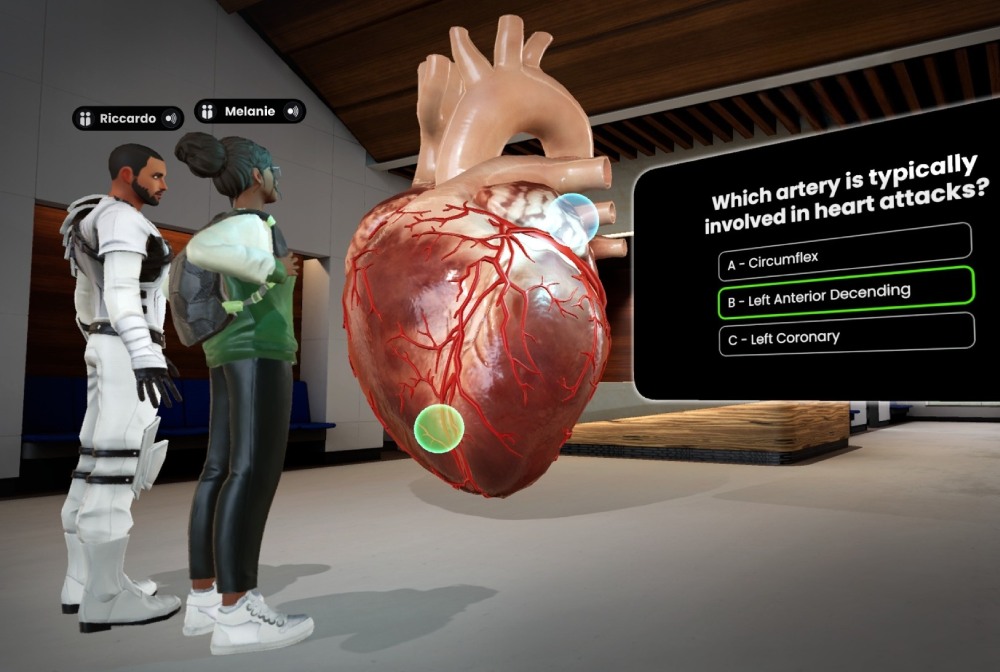In today’s rapidly advancing digital landscape, technology has become an integral part of education. It’s no longer sufficient to simply use technology superficially. As Nadim Nsouli, Founder, Chairman & CEO of Inspired Education, put it, “educators are now recognising the need to embrace a deliberate approach to technology integration that deepens learning and engages students effectively”. This shift towards a “learning through technology” approach has the potential to revolutionise education by capitalising on the strengths of technology use post-COVID lockdowns and creating innovative learning experiences for students.
One of the significant developments in the realm of technology in education is the concept of the metaverse. The metaverse, when utilised in education, offers a secure and safe learning space for students. By having their own virtual learning classrooms, educational institutions can mitigate safeguarding risks. “It’s a state-of-the-art, controlled, specifically designed environment that’s continuously monitored and moderated”, Nadim comments. The metaverse isn’t simply another gimmick; instead, it enhances and augments learning experiences, particularly through the use of virtual reality (VR) technology.

Schools that integrate metaverse learning take advantage of the benefits offered by VR, such as hands-on interactivity, immersive experiences, and constructivist learning approaches. However, what sets metaverse learning apart from VR is its relational nature. “VR learning is a solo experience, but when combined with the Inspired metaverse school, students still get the benefits of interacting with their peers and world-leading teachers,” says Nadim. Furthermore, teachers retain their role as experts, leading lessons, guiding students’ exploration, and ensuring that learning remains deep and meaningful.
When students enter a shared metaverse learning space, they become accountable for their engagement, participation, and contributions. Unlike individual VR experiences, being in a co-physical metaverse space fundamentally changes the dynamic, removing distractions and fostering a stronger focus on learning. Furthermore, the metaverse classroom serves as a recognised hub for VR learning, creating a cohesive and integrated learning experience for students, rather than a fragmented one.
Perhaps one of the most significant advantages of metaverse use in schools is the ability to connect students globally. Students from different parts of the world can collaborate and engage with each other, as well as learn from the best teachers across continents. This immersive stretch and challenge present a unique opportunity for students and educational institutions.

“VR when combined with the metaverse gives students access to activities that are otherwise inaccessible,” says Nadim. Indeed, examples of metaverse lessons demonstrate the potential of this approach. In a geography lesson, students can be led by their teacher inside an active volcano, exploring its features and understanding its dynamics first-hand. In an astronomy lesson, students can handle virtual planets, describe their unique features, and then launch them into space, creating a virtual solar system. Similarly, in a biology lesson, students can examine a large-scale human heart, identify its different aspects, and place body organs on a table, inserting them into the correct places within a skeleton.
“It [the metaverse] motivates students,” says Nadim, “it plays to their digital native, gamified worlds, while instilling a love and fascination for learning”. VR aligns well with constructivist, relationist, and experiential approaches to learning. Its potential to enrich and raise levels of engagement spans across all subjects, ability ranges, and educational phases, including the curriculum, co-curriculum, and super-curriculum.
By embedding VR technology across all schemes of study, teachers can leverage its value in investigation, inquiry, and collaboration. VR becomes a pedagogical tool that teachers can intentionally select and plan to use, adding depth to student progress. Furthermore, VR has the potential to open up learning opportunities that are usually inaccessible due to risks, travel limitations, or facility constraints. It also provides a pathway for students with accessibility barriers to engage in immersive learning experiences.

The benefits of incorporating the metaverse and VR in education are vast. These technologies offer opportunities for immersive and interactive learning experiences that go beyond what traditional methods can provide. They engage students on a deeper level, igniting their curiosity and fostering critical thinking and problem-solving skills. Furthermore, they promote global connectivity and collaboration, breaking down geographical barriers and exposing students to diverse perspectives and cultures.
However, successful implementation of these technologies means careful planning and consideration. Educators must ensure that the use of technology aligns with objectives and is integrated into the learning process seamlessly. Teachers also need to be equipped with the necessary skills and knowledge to effectively leverage these technologies.
The pandemic made clear that technology will play a significant role in shaping the future of learning. The metaverse and VR present exciting possibilities for enhancing educational experiences, engaging students in new and meaningful ways, and fostering a global community of learners. “By embracing these technologies, we can unlock the full potential and empower the next generation of learners”, concludes Nadim.



